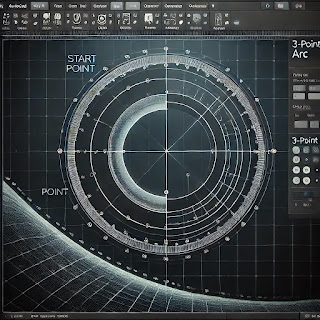Urbanization History in Pakistan
Urbanization in Pakistan has a complex history, influenced by various socio-economic and political factors since the country's independence in 1947. The trajectory of urban development has seen rapid changes, particularly over the last few decades.
Early Stages (1947-1960s)
After gaining independence, Pakistan faced significant challenges due to the influx of refugees from India. Cities like Karachi, Lahore, and Rawalpindi expanded rapidly as they absorbed new residents. Karachi, initially the capital, saw considerable urban growth and became the economic hub of Pakistan. The government implemented initial plans for urban development, focusing on housing and infrastructure to accommodate the growing population.
Industrialization and Urban Growth (1970s-1980s)
During the 1970s and 1980s, Pakistan underwent a phase of industrialization which spurred further urban migration. Industrial cities like Faisalabad and Sialkot expanded due to their burgeoning textile industries. Lahore and Karachi grew as centers of commerce and finance. This period also saw the emergence of Islamabad as the new capital in 1967, designed as a model city with modern infrastructure, which led to its growth.
Rapid Urbanization (1990s-Present)
The last few decades have seen accelerated urbanization driven by continued rural-to-urban migration. Economic opportunities in cities, better healthcare, and educational facilities have drawn large numbers of people to urban areas. Karachi and Lahore, in particular, have become megacities, encompassing vast metropolitan areas.
Challenges and Developments
The rapid pace of urbanization has brought significant challenges:
- Housing: The demand for housing has led to the rise of informal settlements and slums in major cities.
- Infrastructure: Urban infrastructure has often lagged behind the growth in population, leading to problems with transportation, sanitation, and water supply.
- Environmental Concerns: Increased pollution and the strain on resources pose major environmental challenges.
Despite these challenges, there have been concerted efforts to manage urban growth through various development projects like the Lahore Metro and the Karachi Bus Rapid Transit system. Efforts to improve urban planning and governance are ongoing, with an increasing focus on sustainability and resilience in urban design.
The history of urbanization in Pakistan is a testament to the country’s resilience and its ongoing struggle to transform its urban landscapes into well-planned, sustainable environments conducive to the well-being of its growing urban population.




Comments
Post a Comment